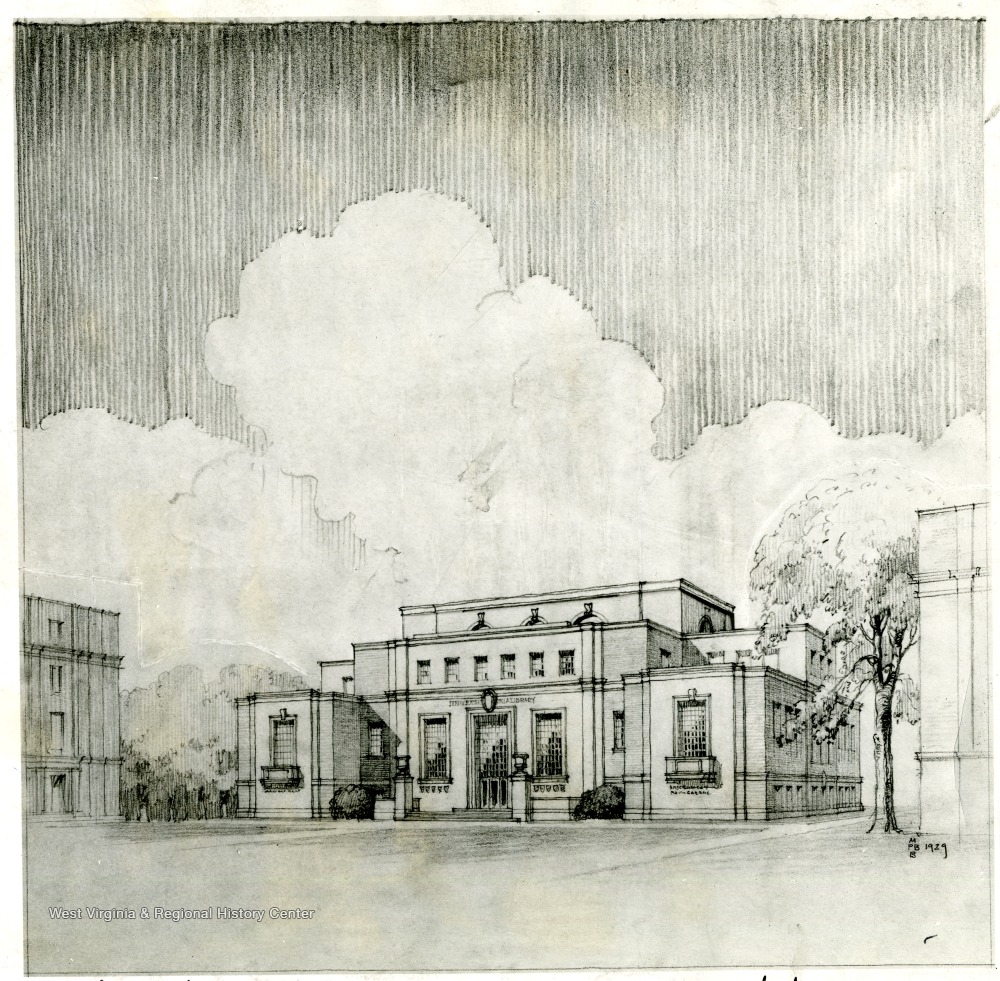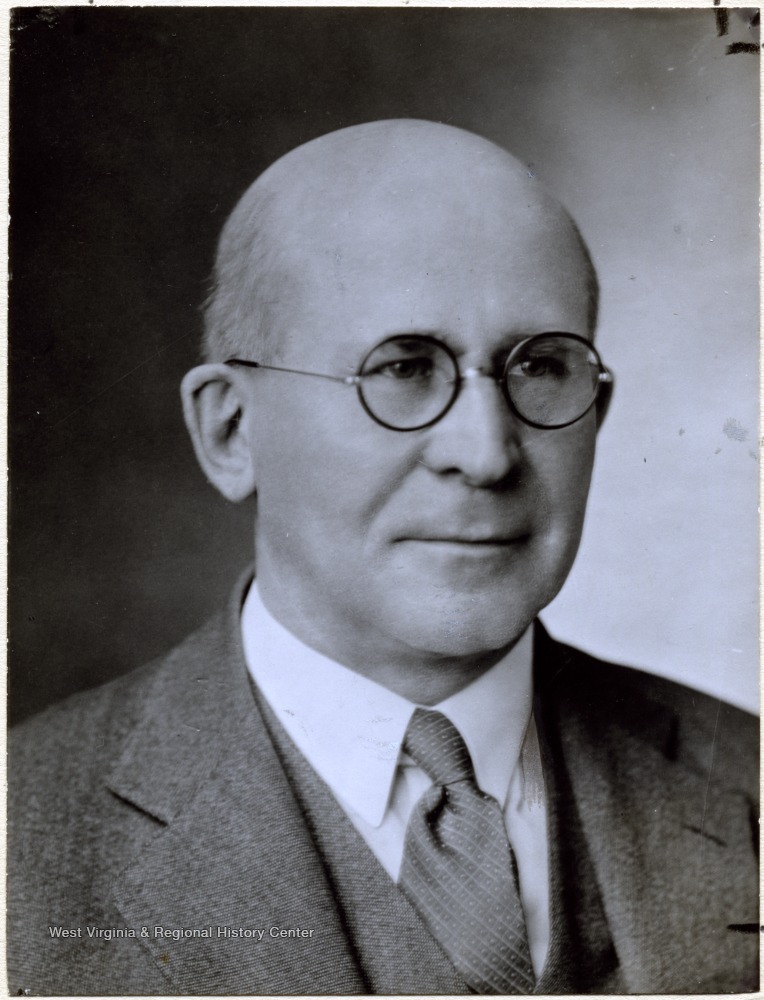Documented History of the WVRHC
Posted by Jane Metters LaBarbara.February 19th, 2020
Blog post by Jane Metters LaBarbara, Assistant Curator, WVRHC.
Today, I finally found the content that established the predecessor to the WVRHC, called the Division of Documents. Much of the story of the evolution of the Center, from the days when the Library was collecting historical material piecemeal through to the days of the well-established West Virginia and Regional History Collection, appears in Dr. John Cuthbert’s article, “West Virginia Collection Holds Keys to the State’s History,” West Virginia University Alumni Magazine, vol. 23, no. 3, Fall 2000, pp. 36-39. The name was updated to West Virginia and Regional History Center in 2013.
Since we are updating some of our documentation, I have been searching for the often-mentioned WVU Board of Governors’ establishment of the Division of Documents in 1933, as well as the mention of the Division of Documents as an official repository of state documents in the Acts of Legislature the following year.

After much skimming of the 1933 minutes (which include a contentious-looking personnel investigation and resignation, as well as much more mundane personnel matters and the university budget), I found a short and sweet authorization in the Board of Governors meeting minutes from October 6, 1933:
The Chairman announced the next order of business to be the consideration of the establishment of a Division of Documents in the University Library for the preservation of valuable documents.
ORDER NO. 170:
On motion of Cleveland McSherry Seibert, seconded by Hugh Ike Shott, Jr., it was
ORDERED, That a Division of Documents be and it is hereby established in the University Library, and be it further
ORDERED, That Dr. C. H. Ambler be and he is hereby appointed Field Agent for the Division of Documents at a compensation of $500.00, payable in eight equal installments, effective November 1, 1933.

While it does establish the Division “for the preservation of valuable documents,” the Board left the leaders of the unit to use their expertise to determine what valuable documents to collect. Many modern archives and special collections units will outline what they collect in a collecting policy document.
I also located the act of state legislature cited by Dr. Cuthbert, passed on January 25, 1934. This one was easier to find, thanks to whomever created the index for the bound Acts.
Be it enacted by the Legislature of West Virginia:
That article eleven, chapter eighteen of the code of West Virginia, one thousand nine hundred thirty-one, be amended by adding section twenty, so as to read as follows:
ARTICLE XI
Section 20. Any state, county or other official, except the state historian and archivist, who is the lawful custodian thereof may turn over to the division of documents, West Virginia university, with its consent, as custodian, for permanent preservation and record any official books, records, documents, original papers, or files, or any printed books, records, documents, or reports, not in current use in his office. The division of documents, West Virginia university, is authorized to act as custodian and to receive gifts of historical material from any person or institution.
The division of documents, West Virginia university, shall give a written receipt to any official from whom property is received and shall record in an annual report to the board of governors a complete list of all property received.
After request of any person entitled thereto, the division of documents shall furnish a certified copy of any record, document, or paper in its possession, upon the payment by the applicant of the cost of transcription. Such copy shall be certified by the head of the division of documents before a notary public, and when so certified shall be entitled to the same weight as evidence as though certified by the official by whom such record, document, or paper was deposited with the division of documents.
It is worth noting that since 1934, the state code has changed a great deal, but this section, albeit with slightly altered capitalization of a few words, still appears under §18-11-21. Deposit of official books, etc., with division of documents; certified copies as evidence.

While these two excerpts tell only a small part of the story of the WVRHC, they are a critical part, lending legitimacy to this fledgling collection that would grow to be one of the richest historical repositories in our state.





